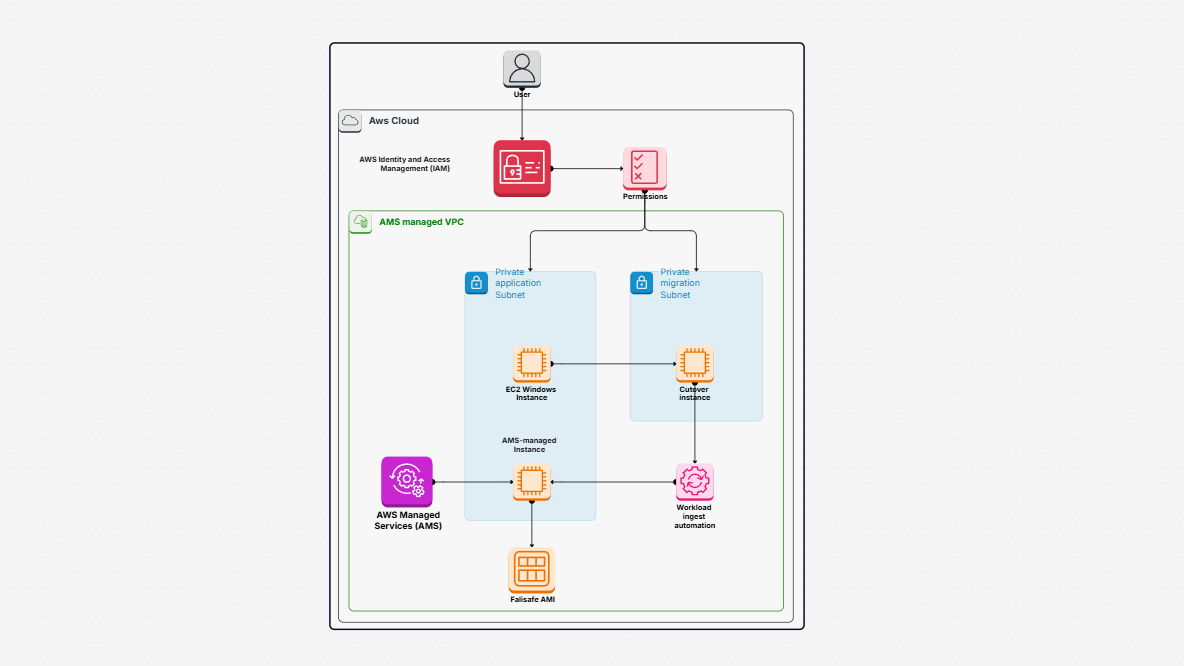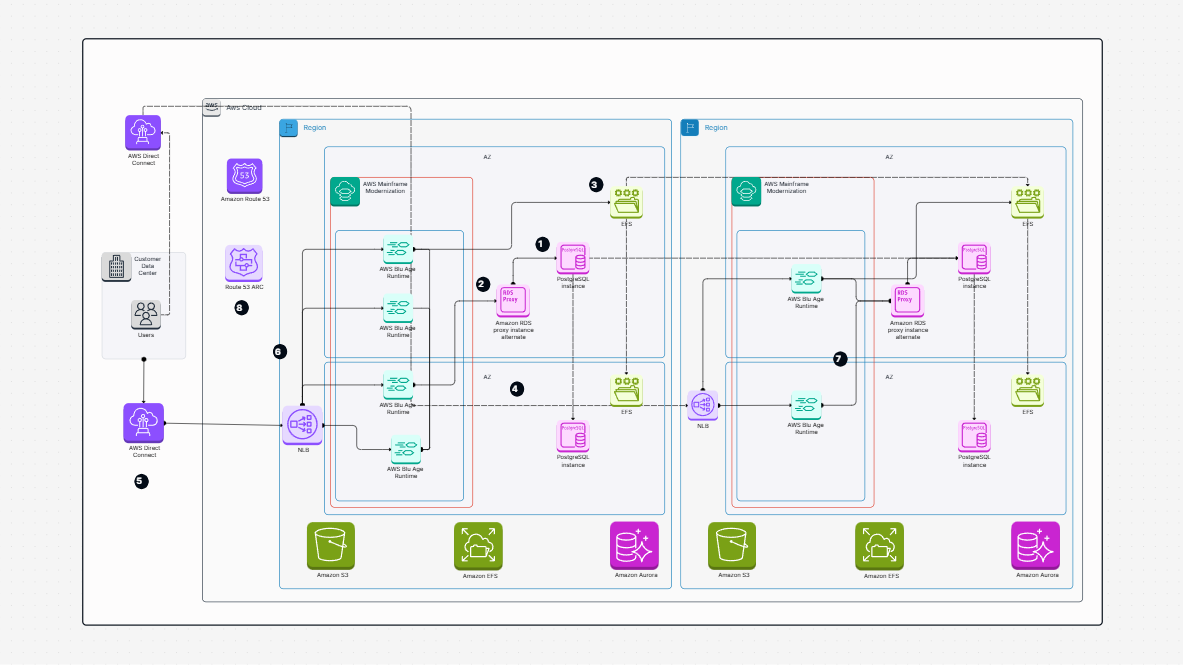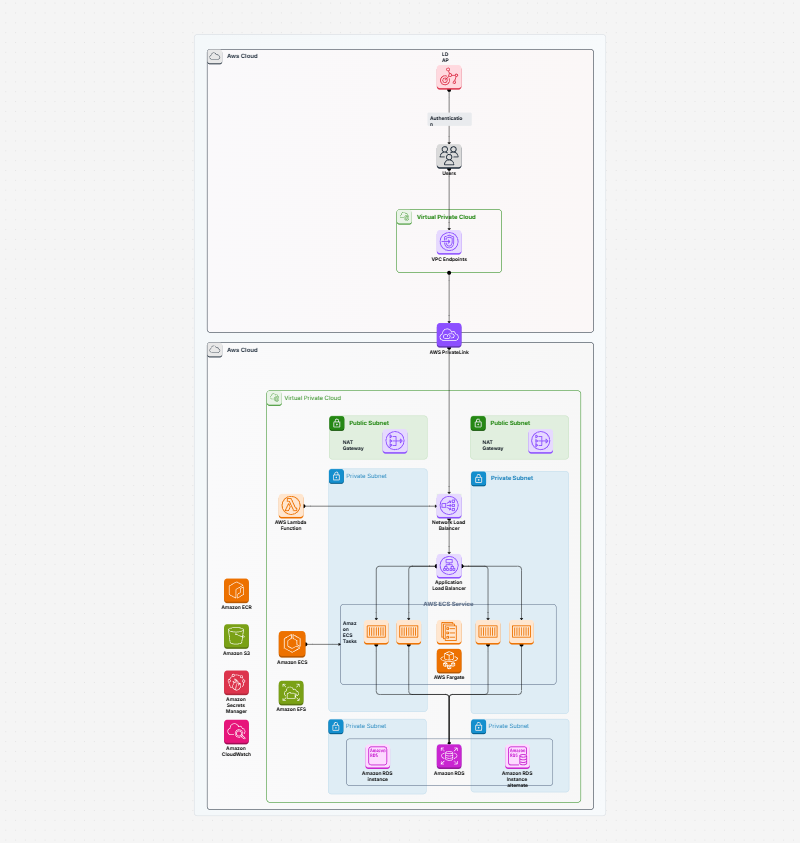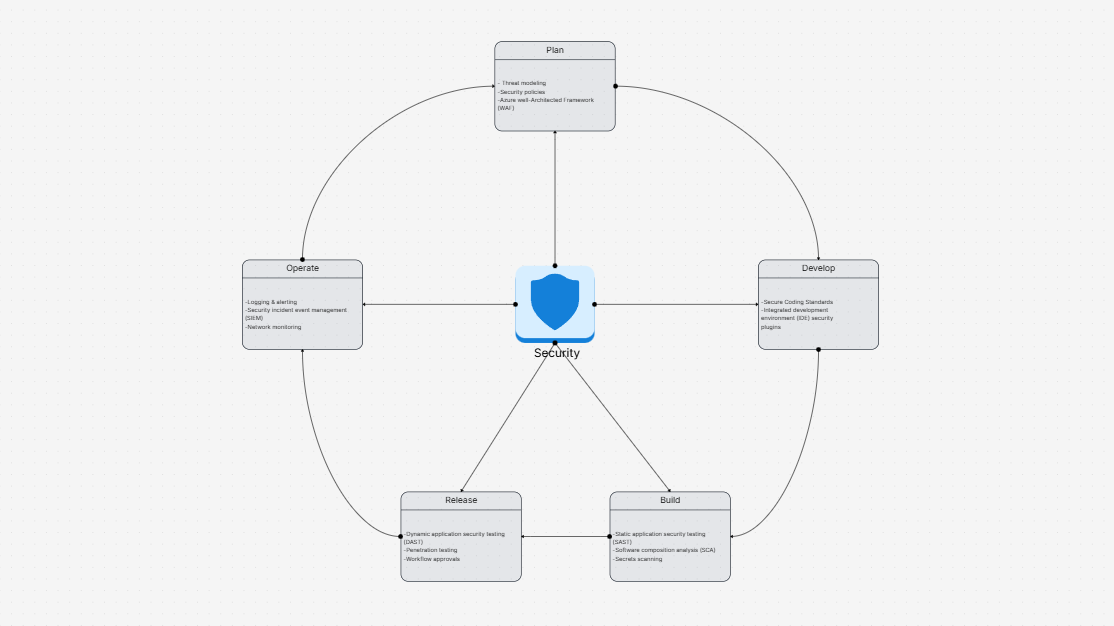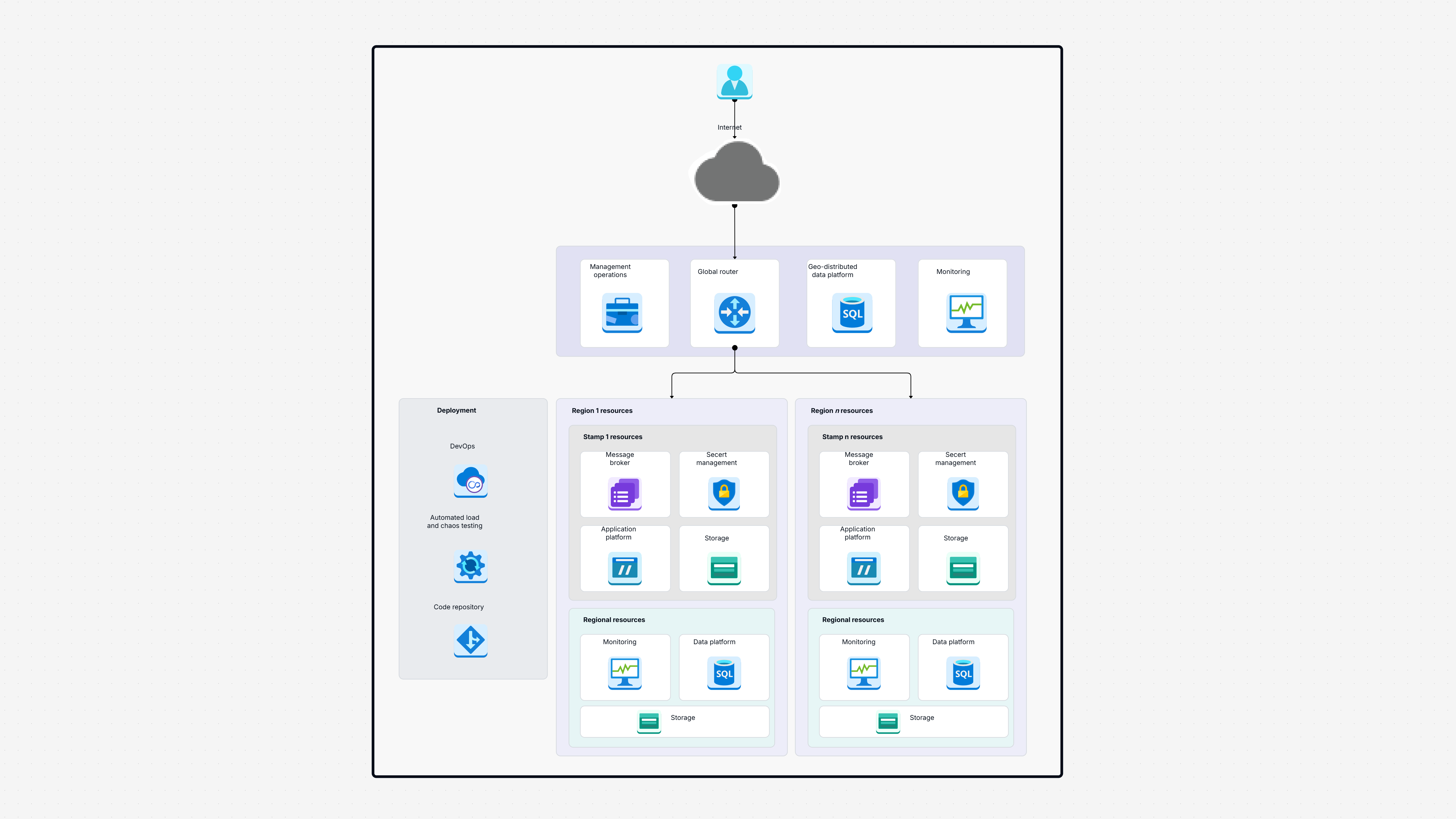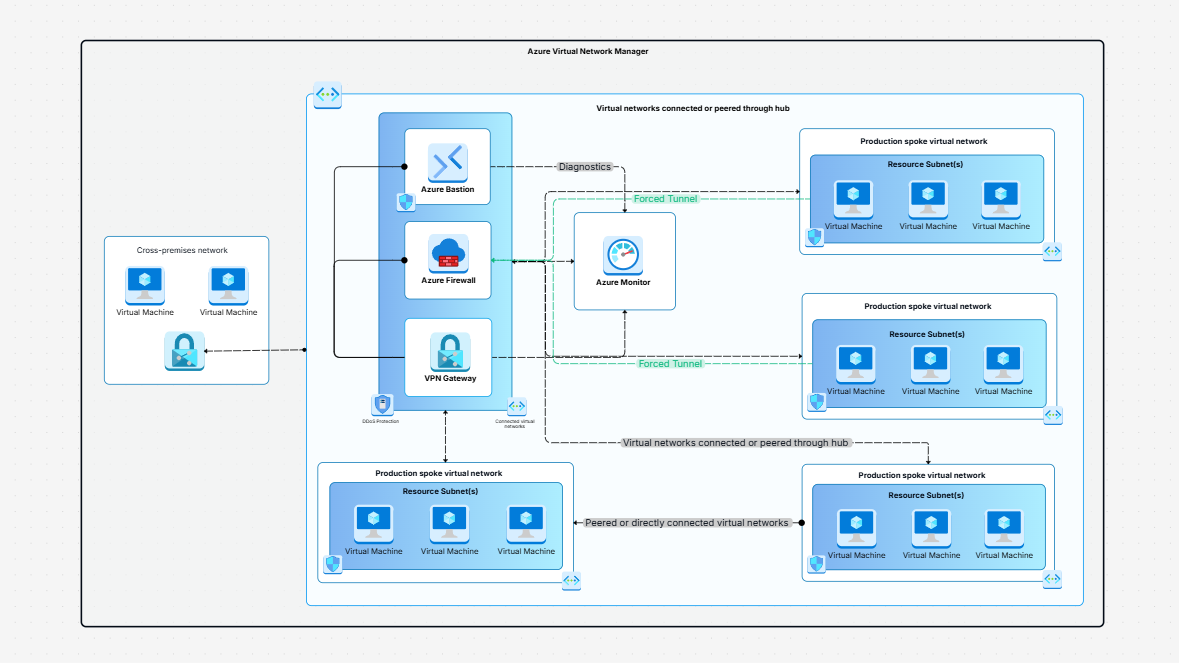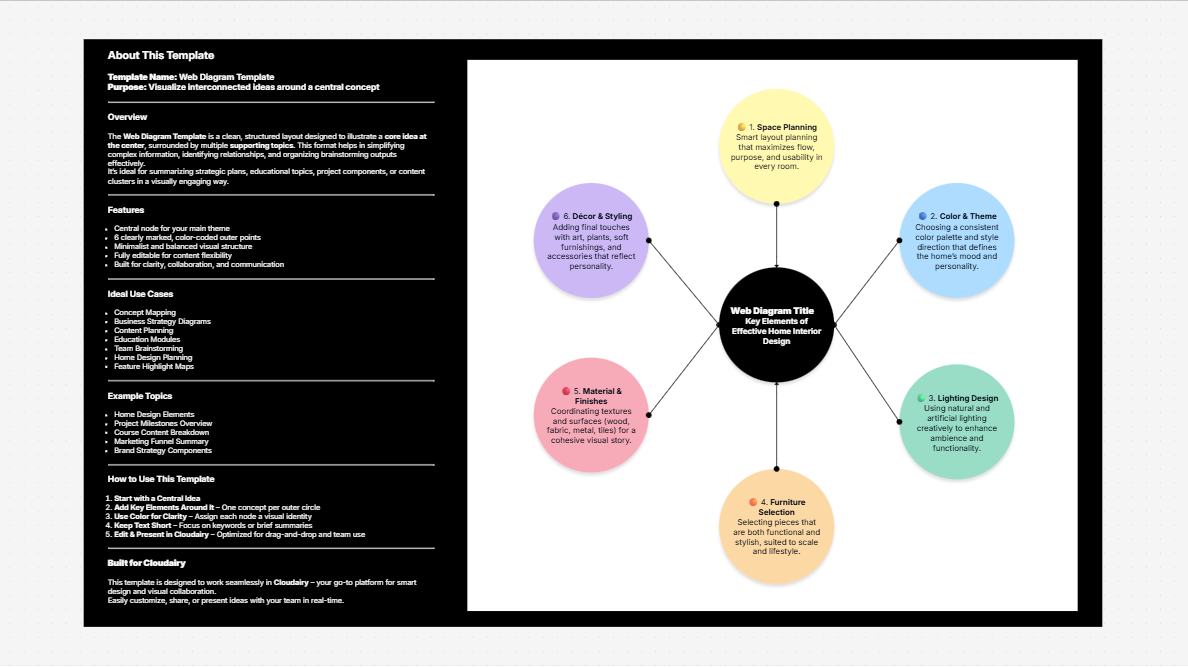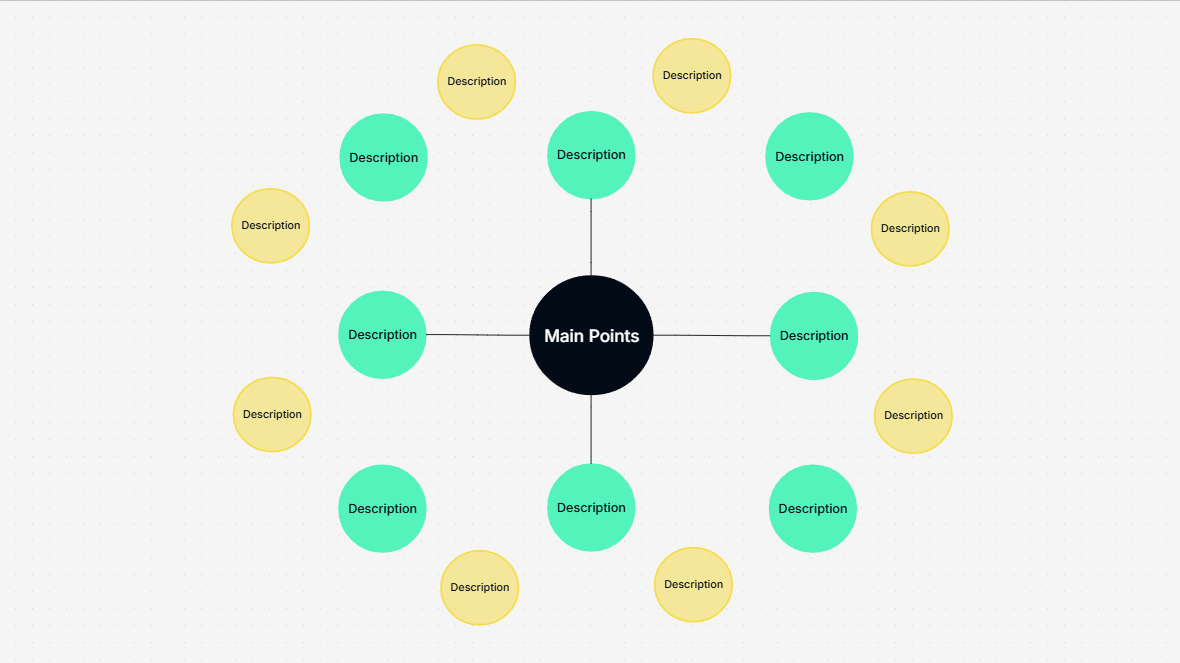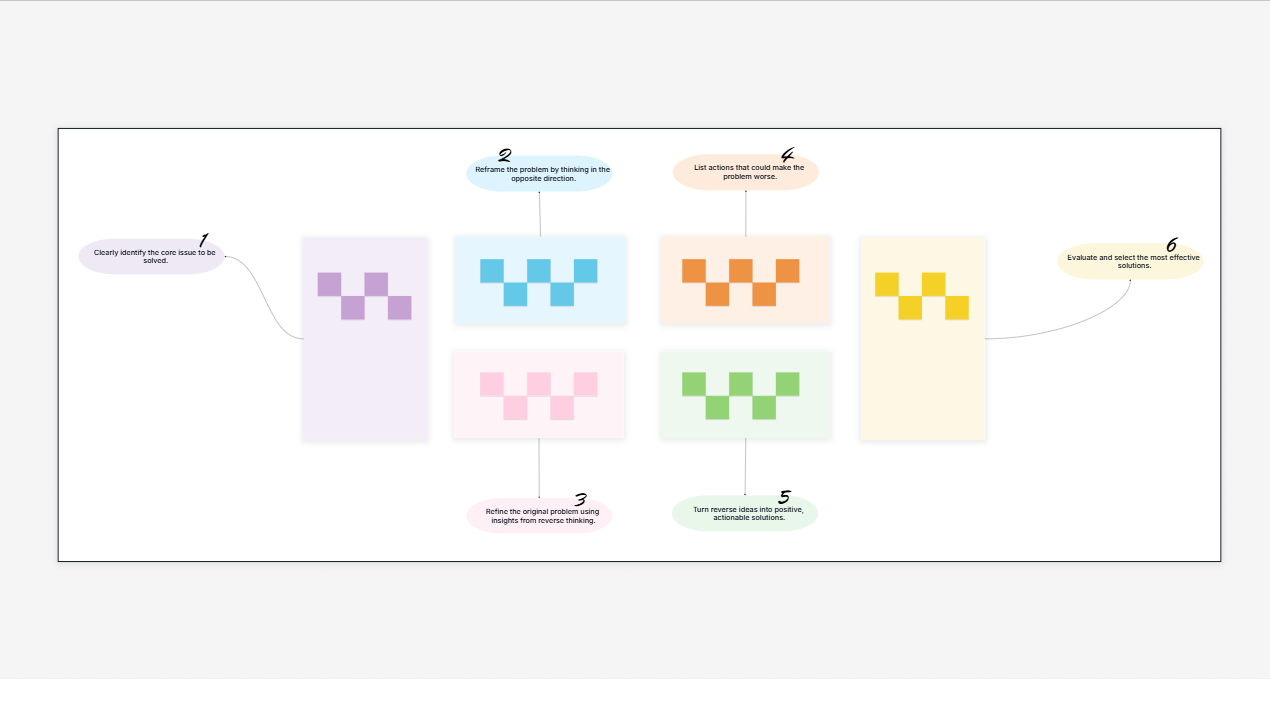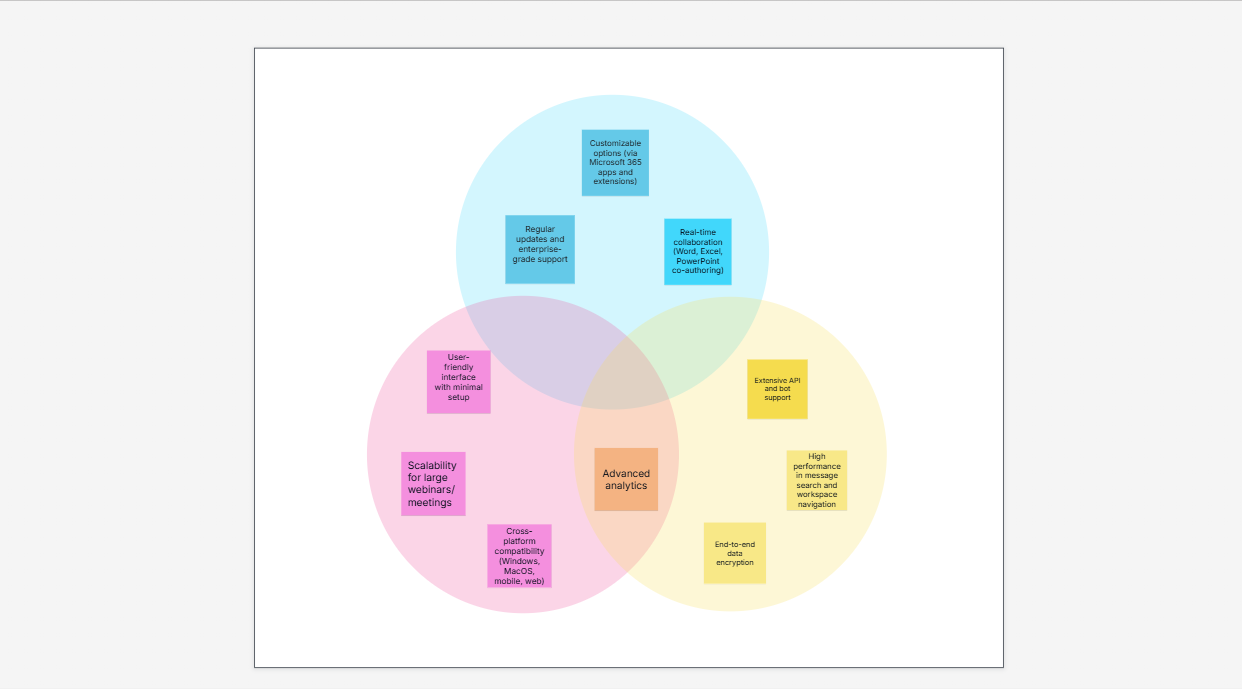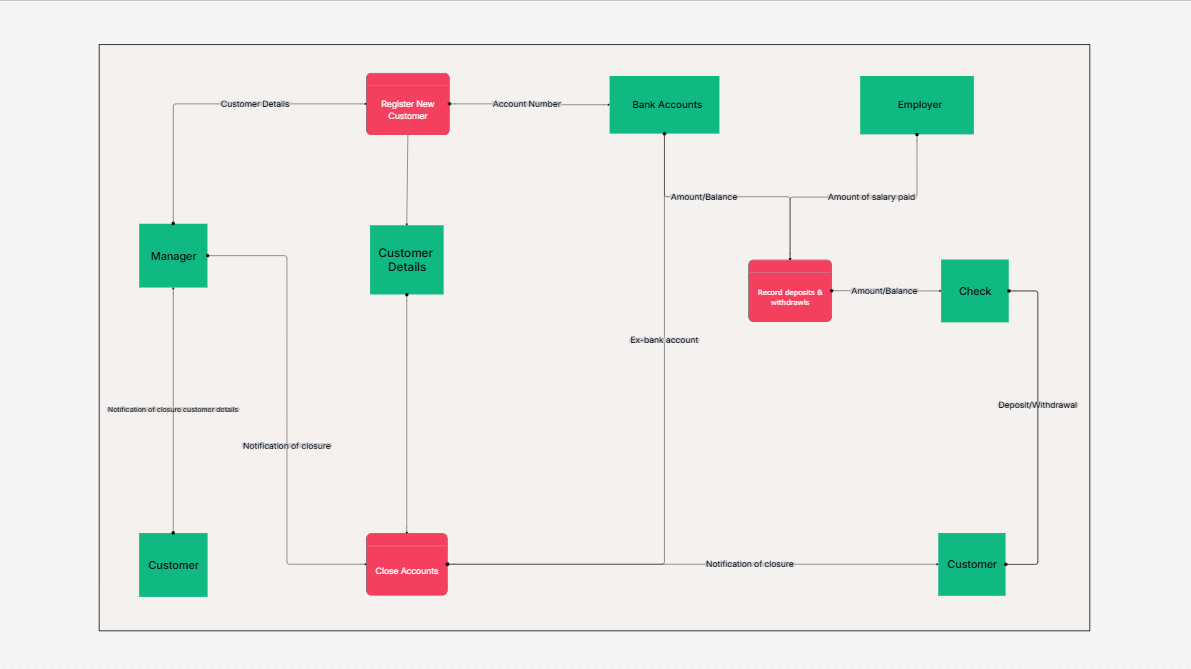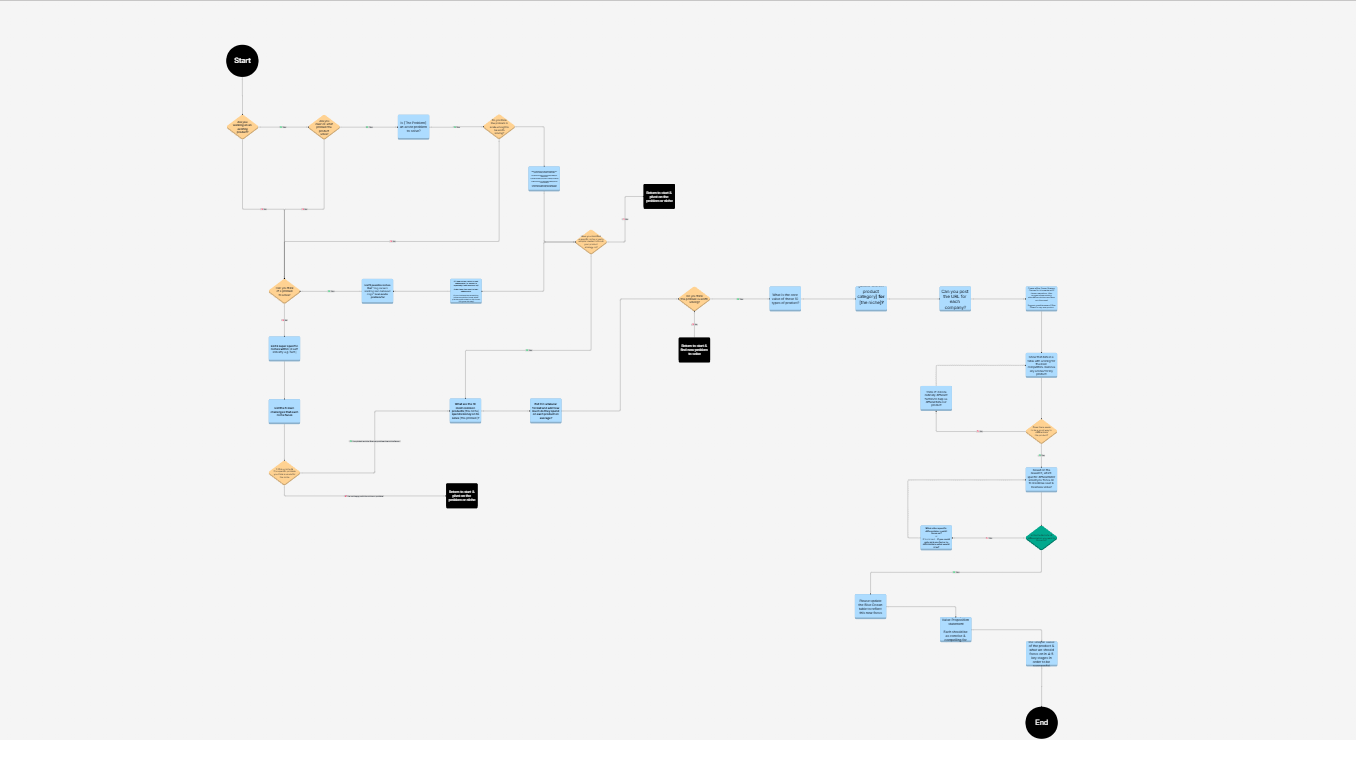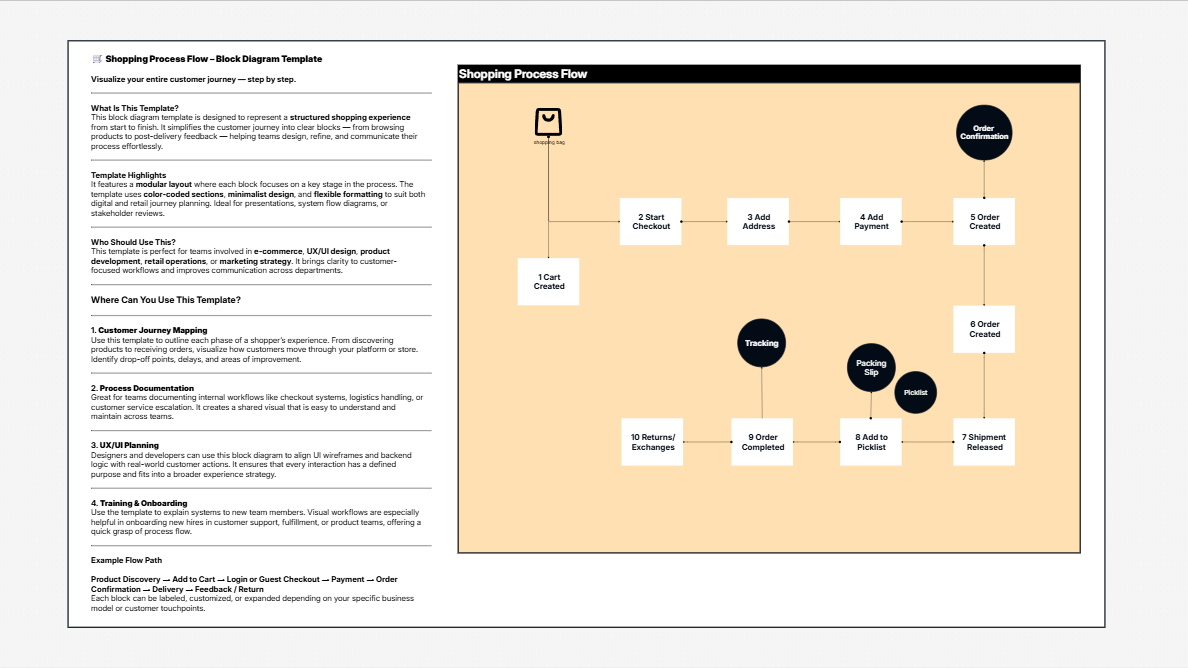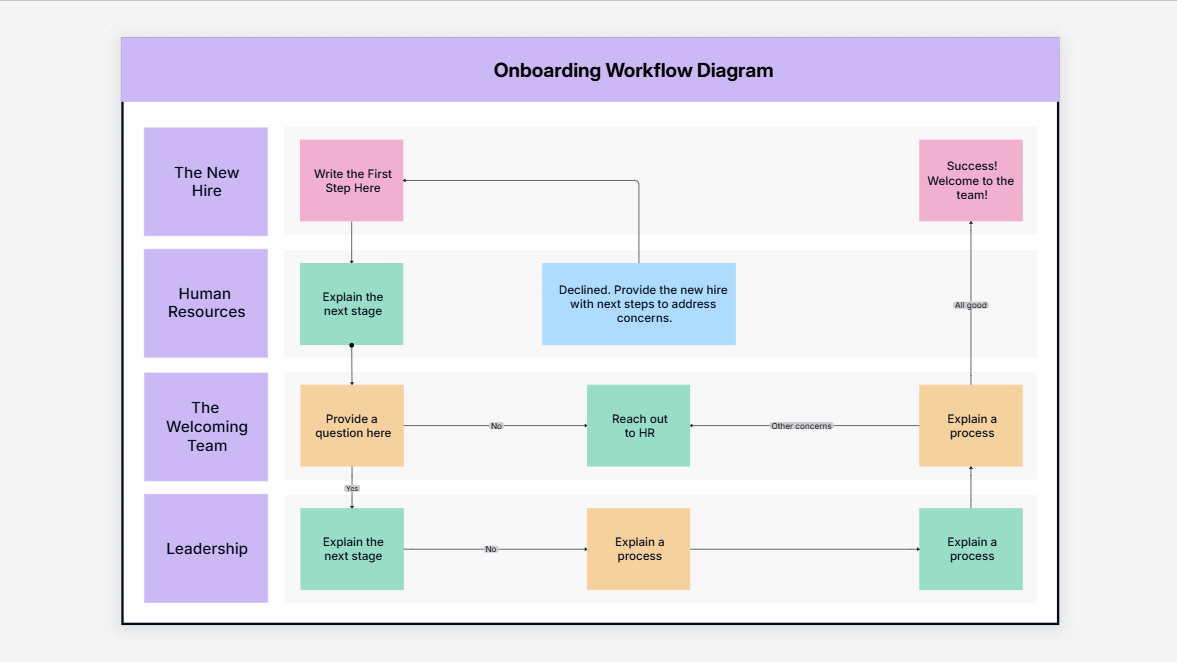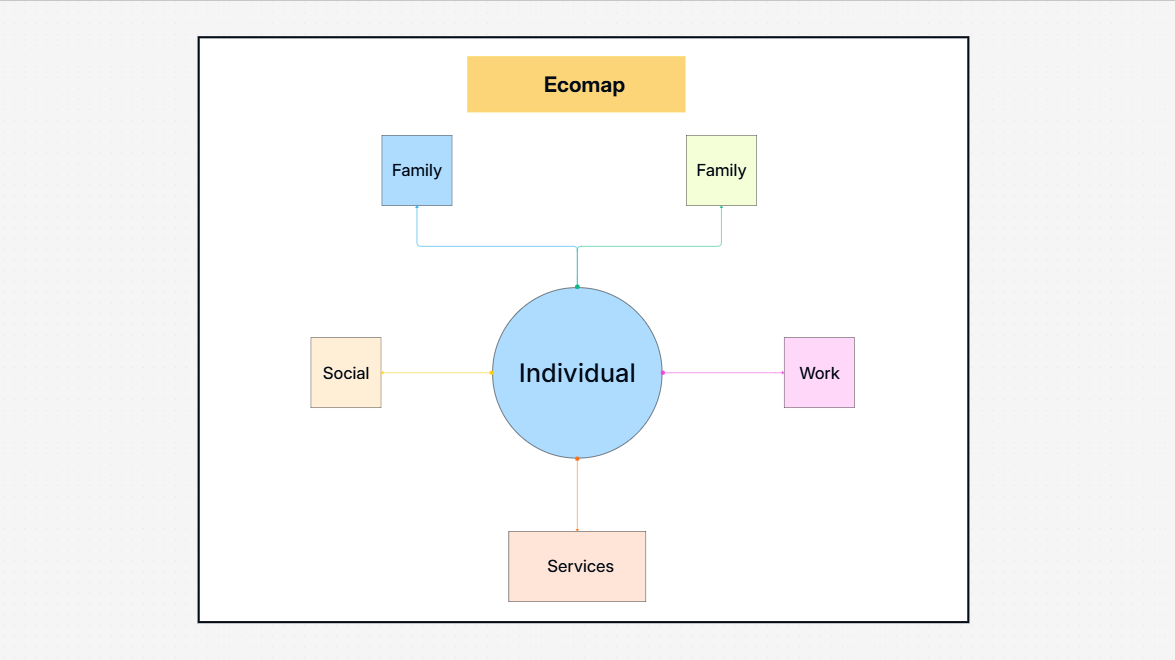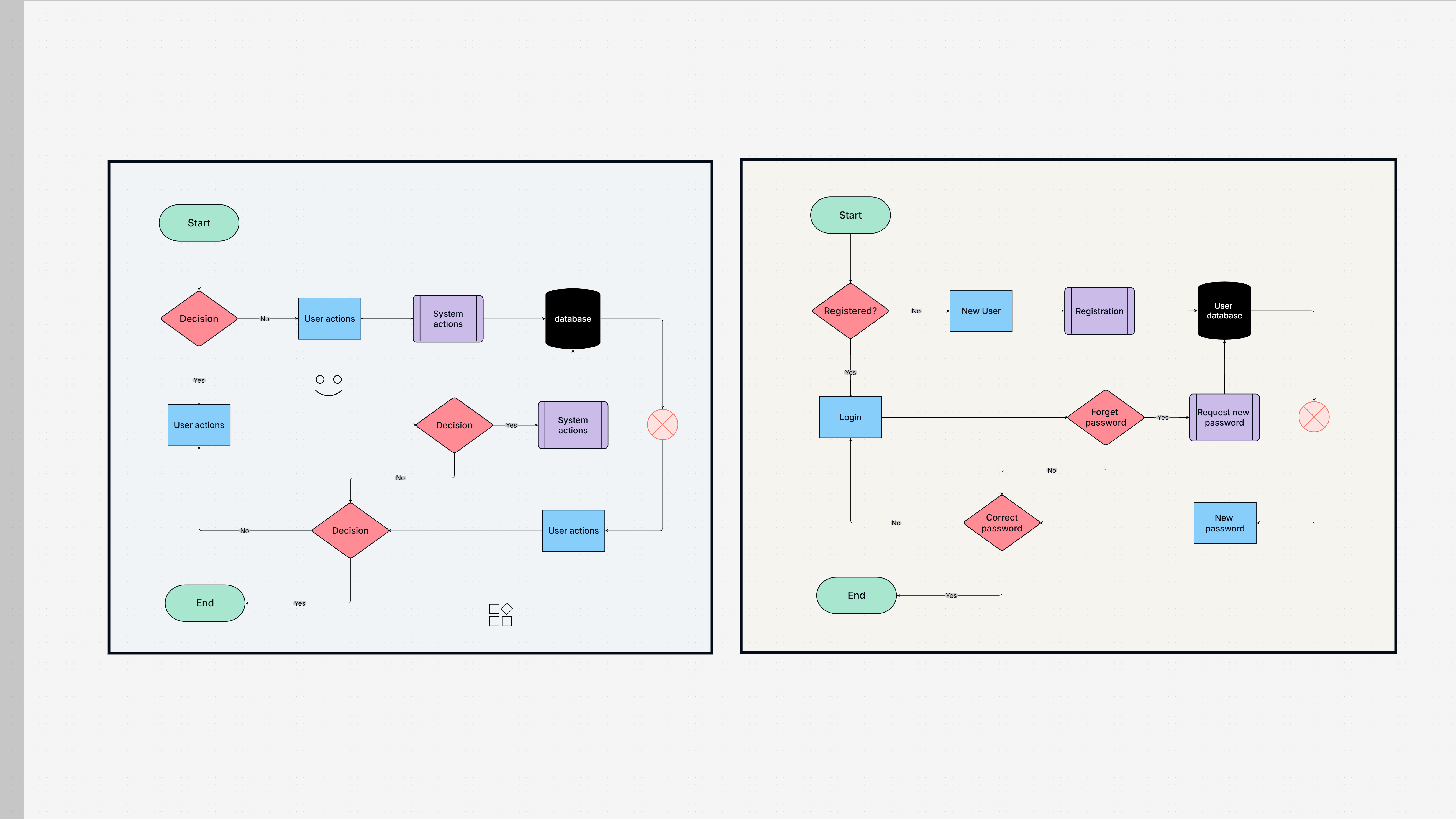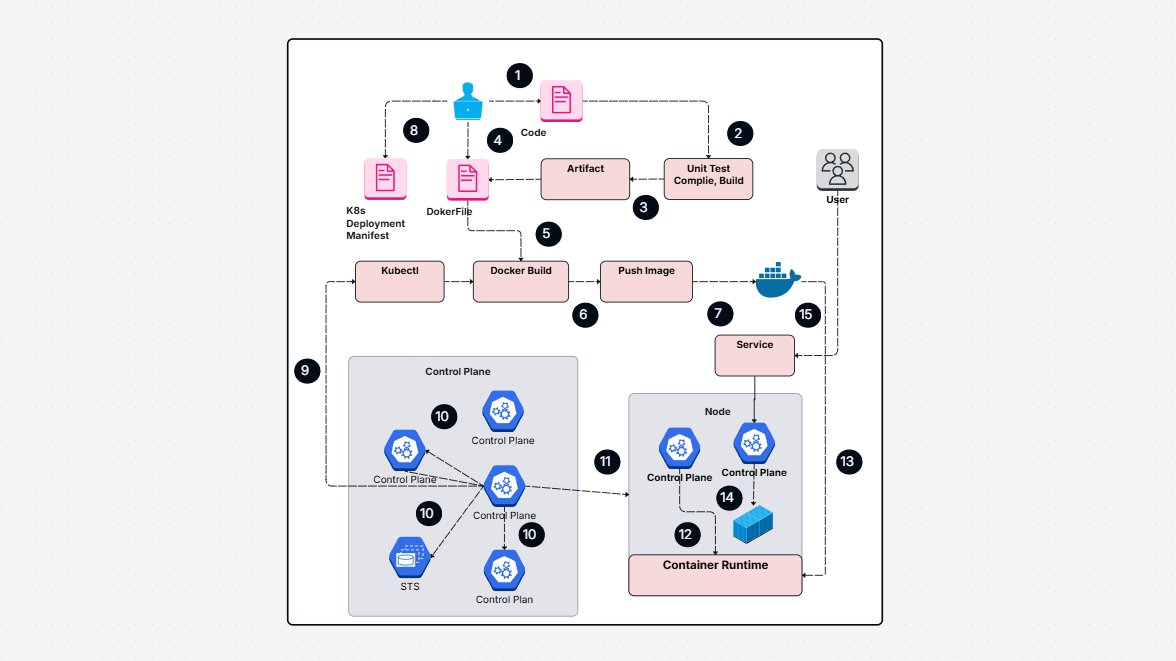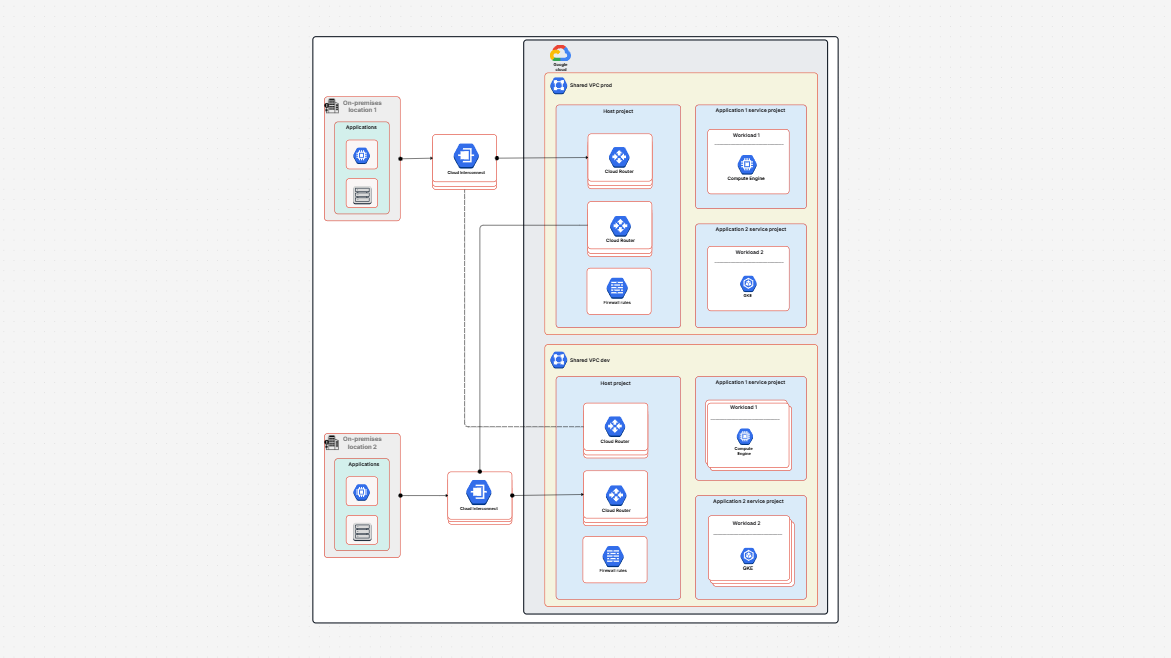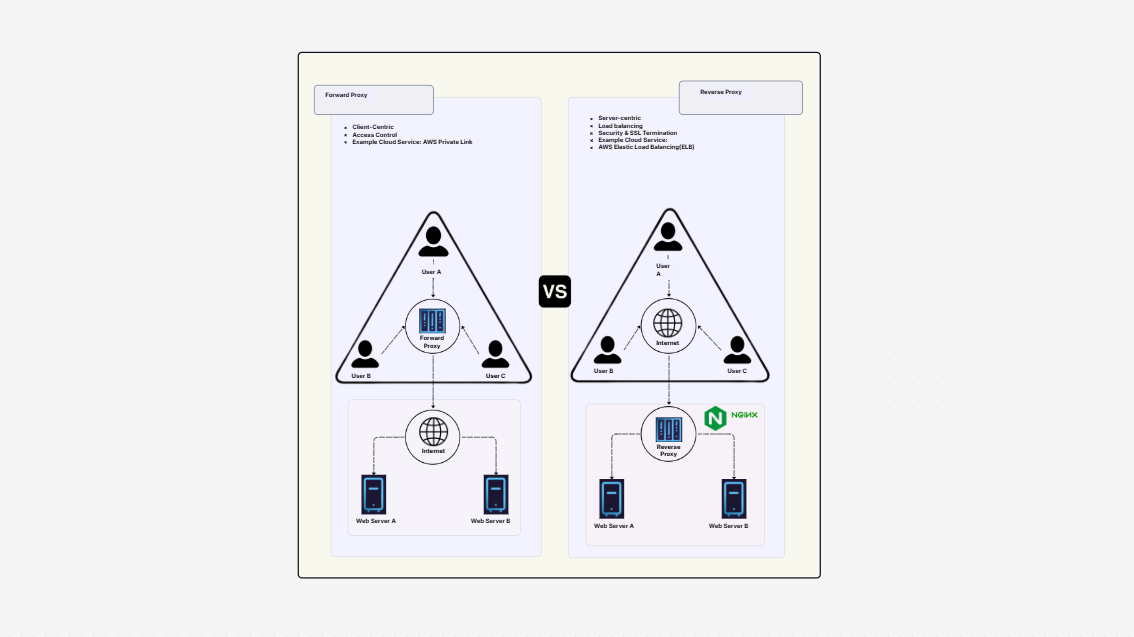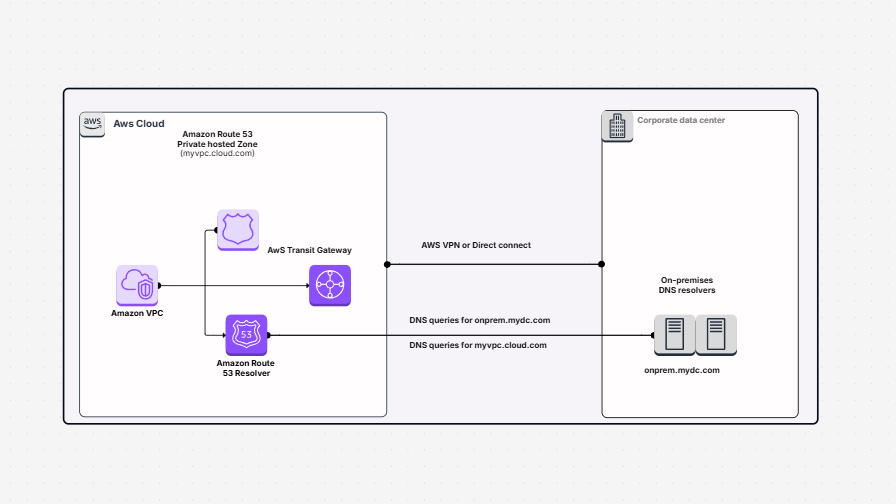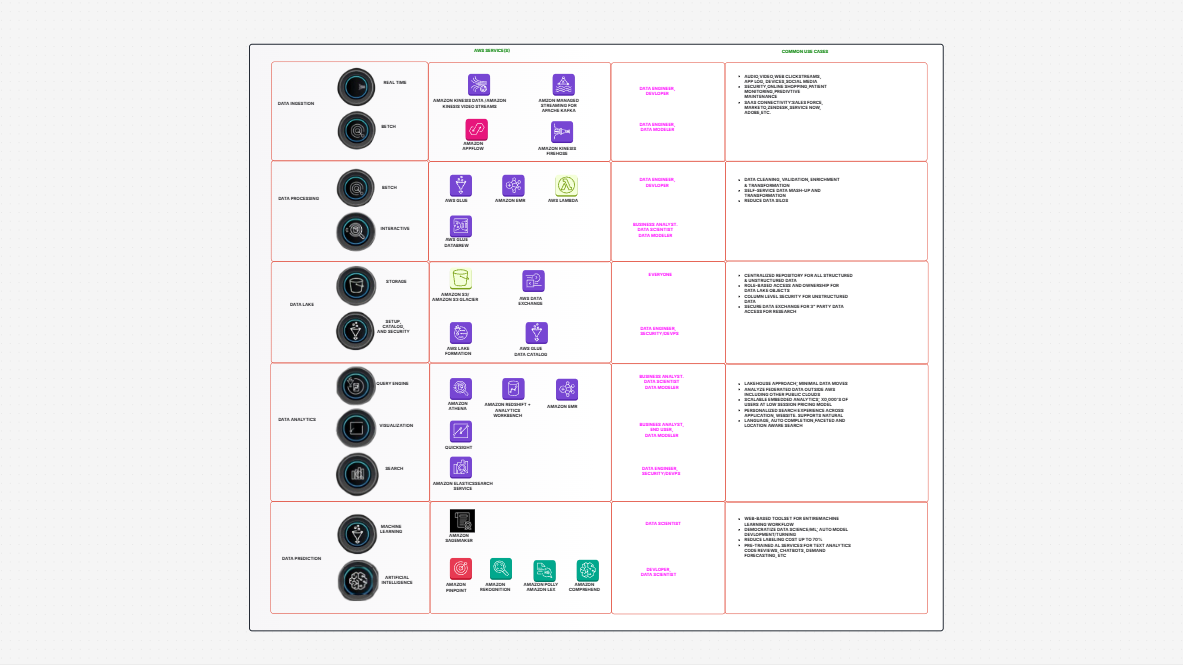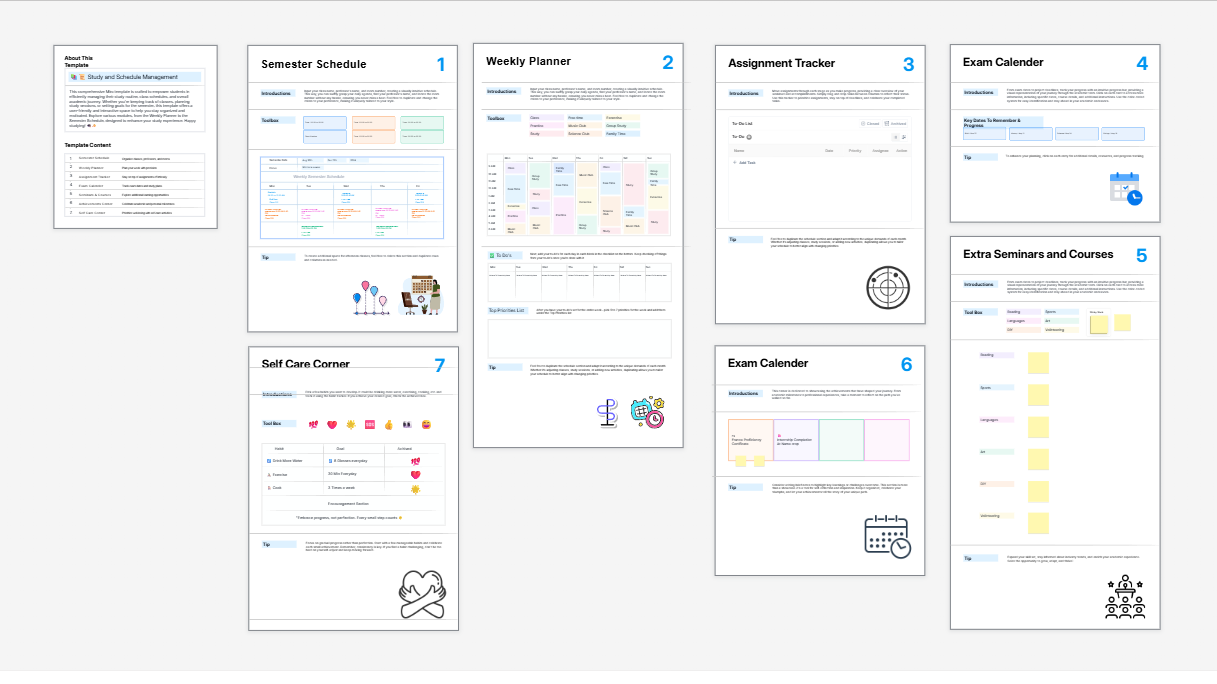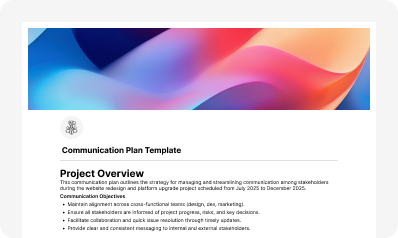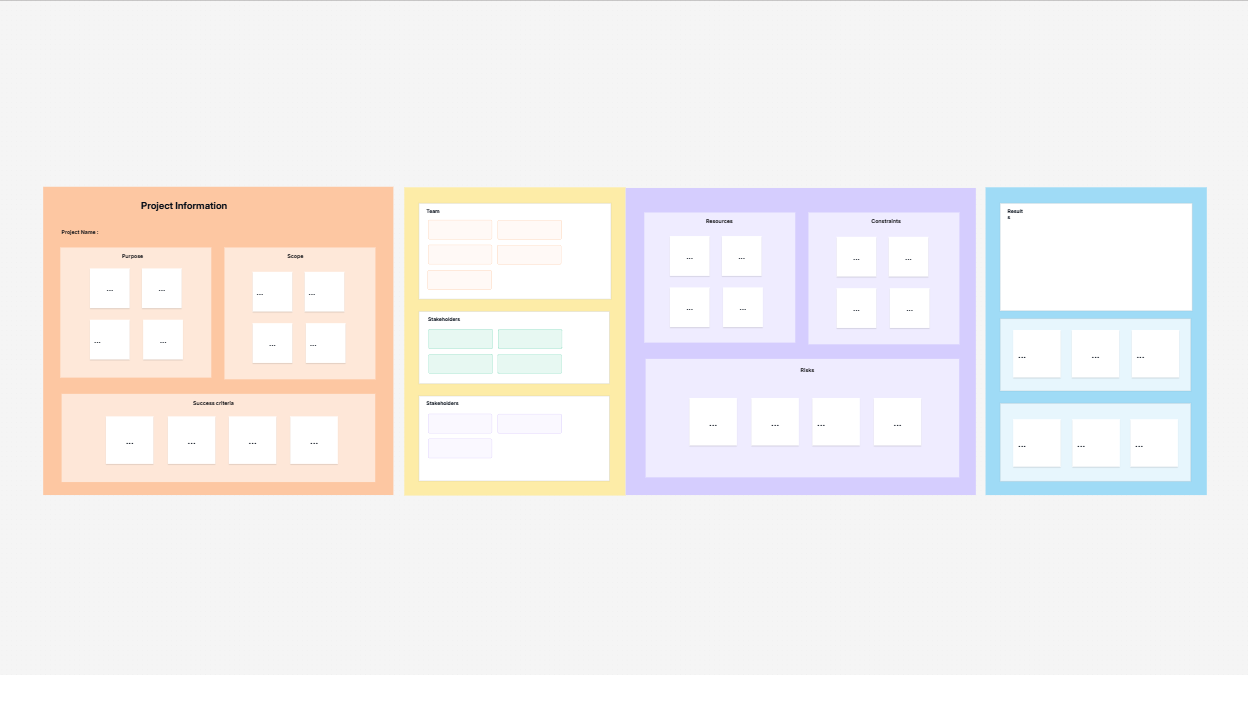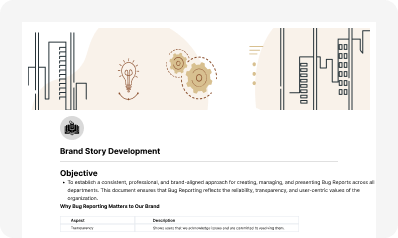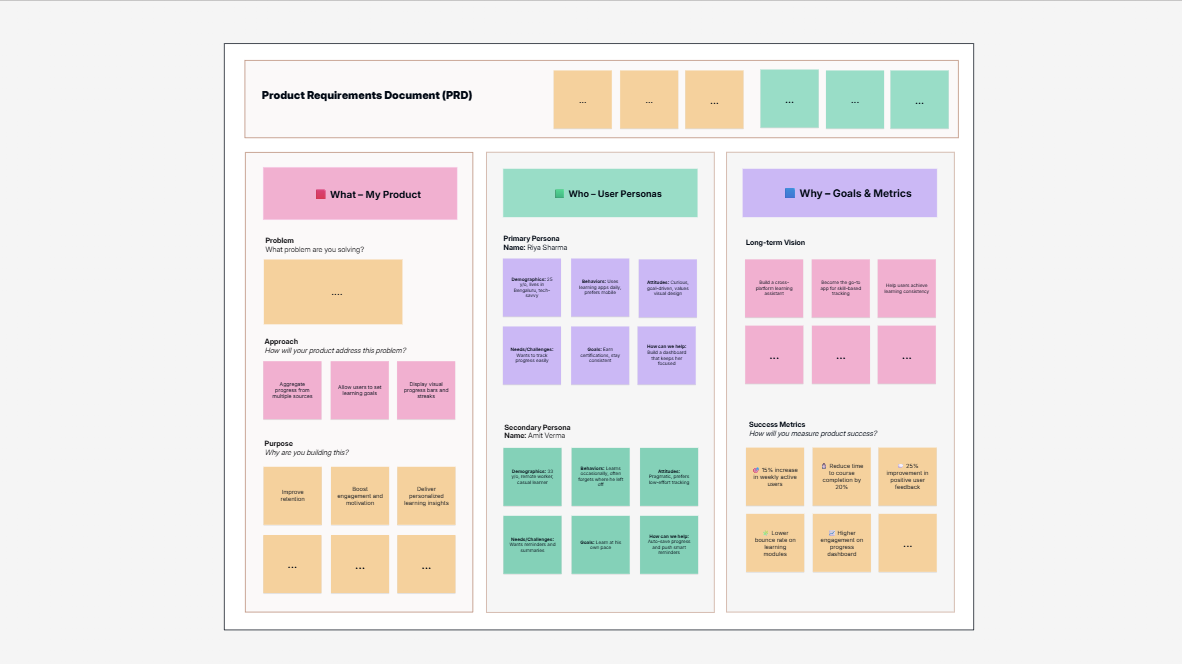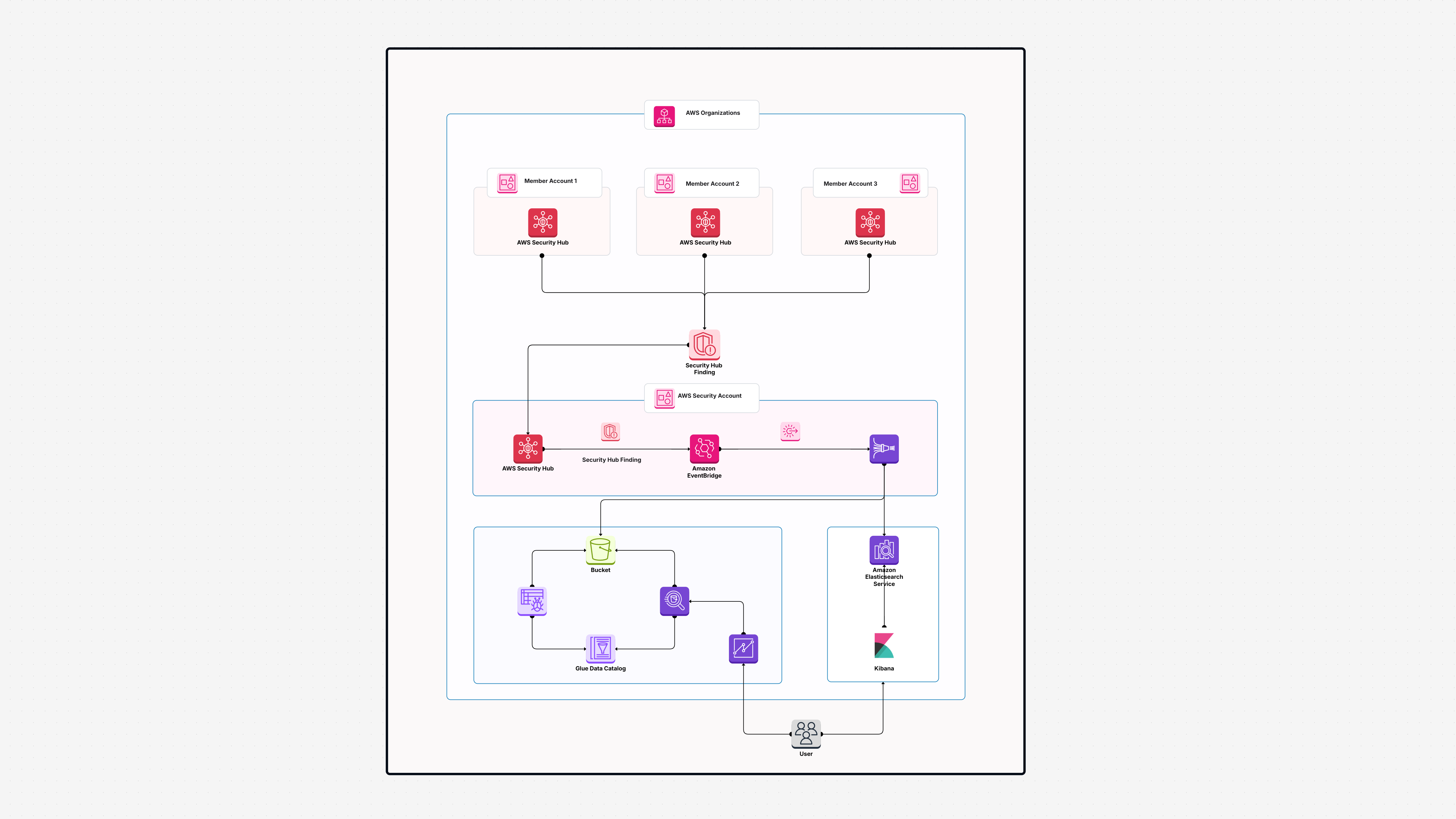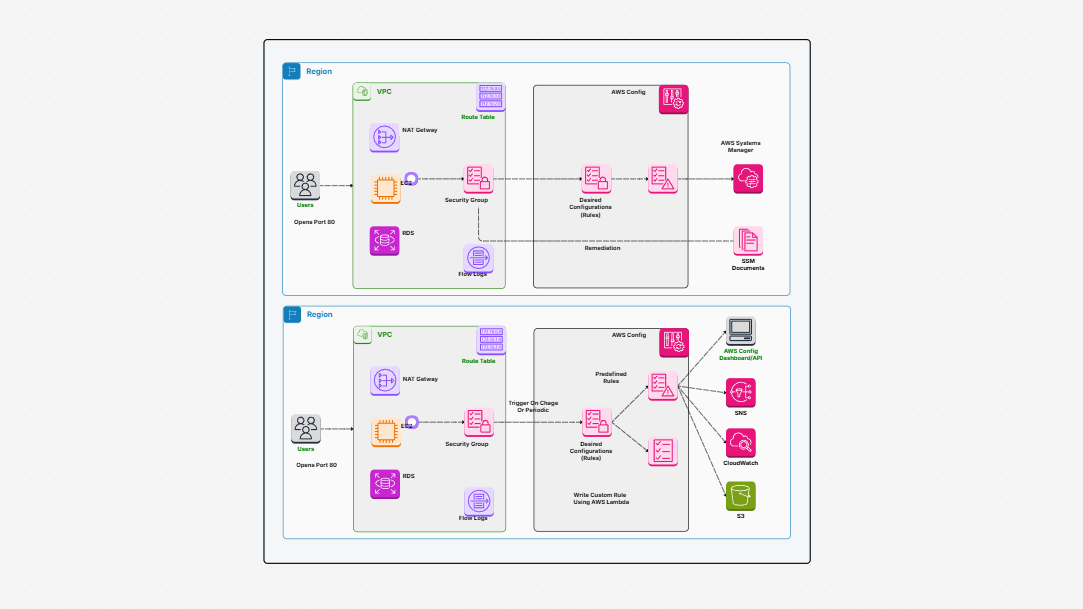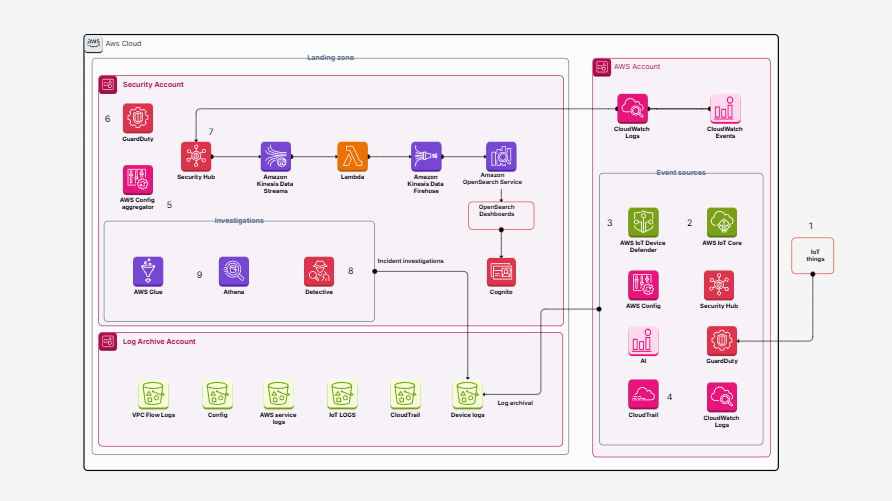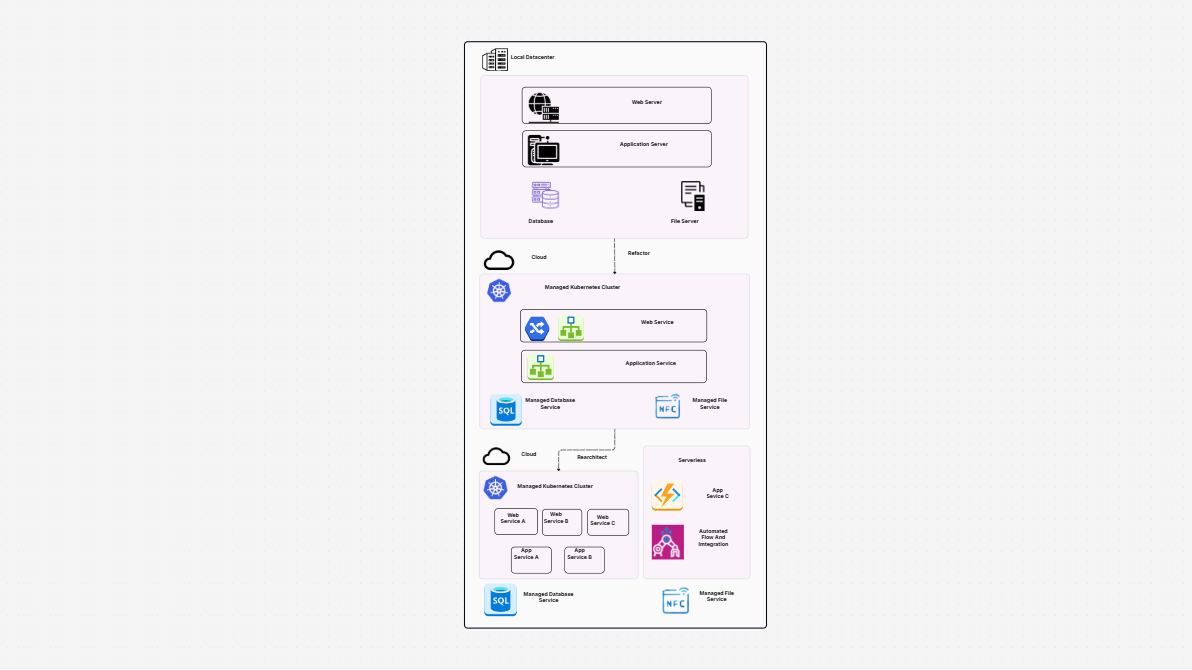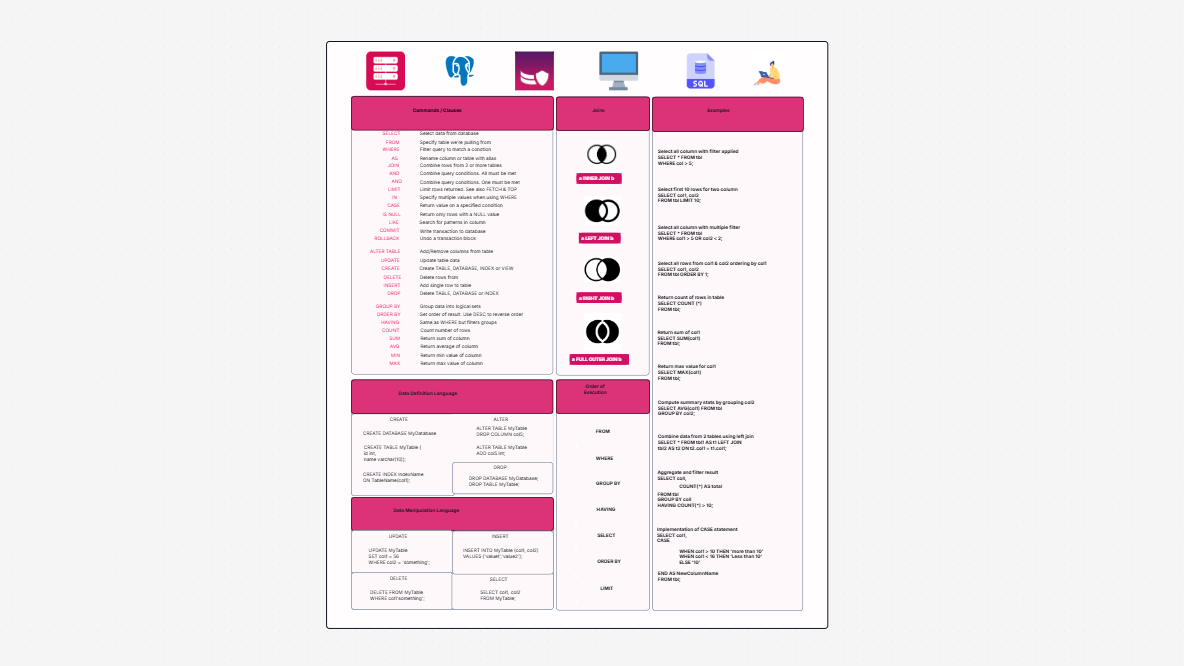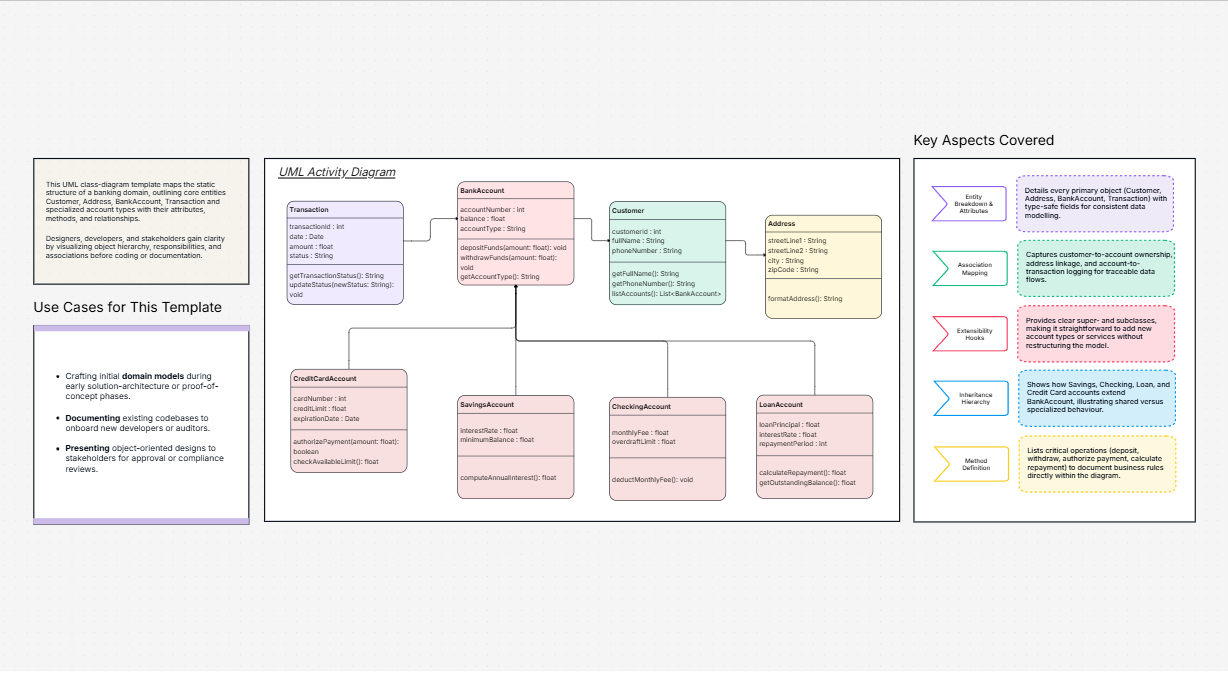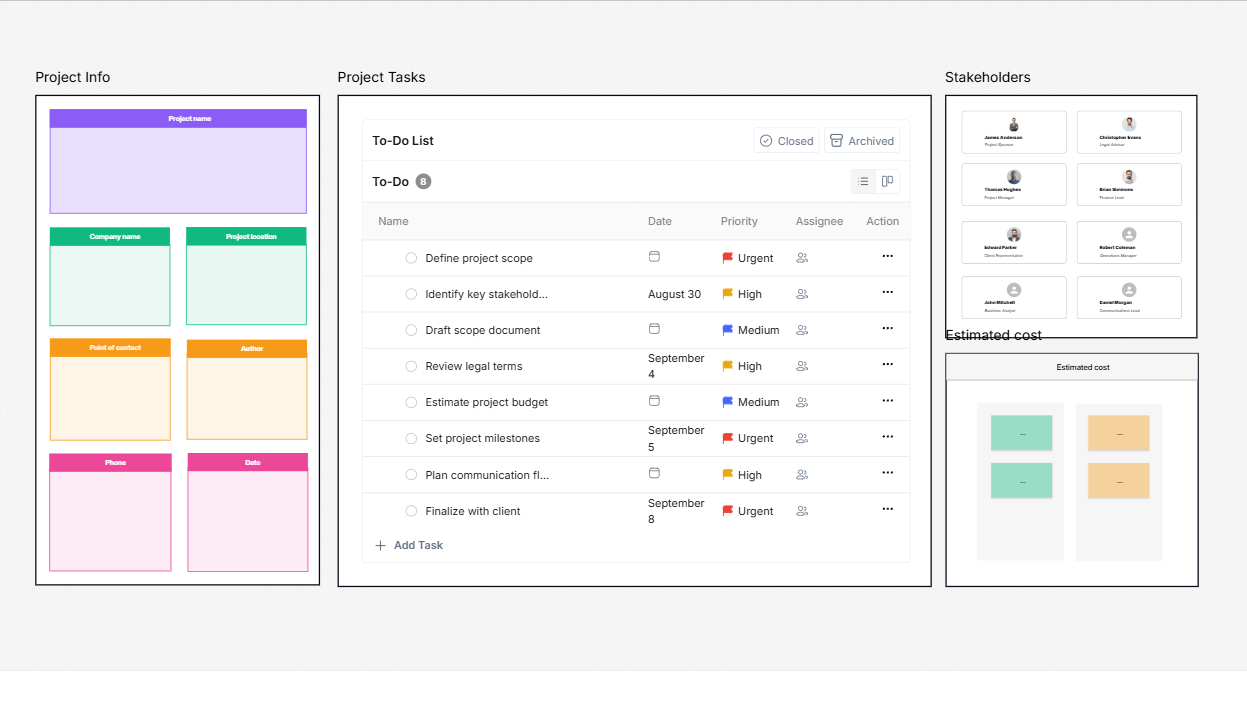WorkHub

What Is a UML Deployment Diagram Template?
With Cloudairy's cloud-based web application UML deployment diagram template, you can visually depict the way your application is distributed across cloud infrastructure. It is made specifically to capture all important components in a cloud architecture, including EC2 instances, AWS RDS databases, CDNs, and more, therefore giving you and your team a vivid picture of what goes where and how everything links.
This template helps you plan, clarify, and refine your cloud deployment plan, whether you are starting fresh or refining an already existing setup.
Why Is a UML Deployment Diagram Template a Game Changer?
Consider this your infrastructure plan. It is not just a drawing; rather, it is a potent cooperative tool intended to:
- Within minutes, visualise the whole web app architecture.
- Find weak points or bottlenecks before they develop into issues.
- Clearly explain difficult deployment plans to technical and non-technical parties.
- By matching everyone in the deployment structure, one can improve team cooperation.
- Arrange load balancers, auto-scaling, and storage components in a clear layout to enable scalability and excellent availability.
- This template is your base for creating quicker and more intelligent solutions if your team is using the cloud.
Who Should Use This Template and When?
For these reasons, this deployment diagram is ideal:
- Starting new cloud-based product startups.
- Teams of engineers are getting ready for AWS deployment.
- DevOps specialists maximising cloud infrastructure.
- Scalable web architecture designers.
- Learners and students seeking a deeper grasp of actual cloud implementations.
- The perfect time to use it is whenever you are scaling, documenting, or developing a cloud-based web application.
What are the main components of this template?
A UML Deployment Diagram template covers the main aspects of a strong and scalable web app deployment:
- The virtual servers your program uses are EC2 instances.
- Managed database service for storing structured data from AWS RDS
- Serving files from nearby locations, CDN speeds up content delivery.
- For dependability and speed, the load balancer distributes incoming traffic.
- Auto Scaling Group which modifies server capacity depending on need.
- S3 Storage which stores static content, media files, and backups.
- Security groups restrict access to your infrastructure.
- Manages access permissions and IAM Roles
- Checks infrastructure health and sends alerts via CloudWatch
Visually depicted, every one of these elements makes your cloud setup simpler to grasp and maintain.
How to Get Started with Cloudairy?
Starting with Cloudairy is simple:
- Log in to your Cloudairy account.
- Visit the Section on Templates
- Look for "cloud-based web application"
- Click to see the template.
- Tailor it according to your cloud deployment plan.
- Or click “Use Template” to get right in.
From there, just drag and drop icons (like EC2, RDS, CDN) onto the canvas and connect them as required. Collaborate in real time with your team, export your final diagram, and bring it to life in your actual deployment.
Summary
Clear, structured, and collaborative web application architecture planning with cloud application UML deployment diagram templates from Cloudairy is ideal. This tool enables teams to confidently create scalable, secure, and effective cloud applications by seeing how your cloud components interact. This blueprint can assist you in converting your ideas into a strong, scalable infrastructure strategy, whether you're an engineer, student, or founder of a startup.
Using a UML Deployment Diagram helps visualize the physical deployment of software components—such as executables, databases, and services—onto hardware nodes like servers, containers, or virtual machines. It clarifies how different parts of a system are connected, including network relationships, configurations, and system dependencies. By offering a clear view of infrastructure layers, the UML Deployment Diagram supports better decision-making in cloud migration, DevOps planning, and microservices orchestration.
Related UML diagram Templates
Find templates tailored to your specific needs. Whether you’re designing diagrams, planning projects, or brainstorming ideas, explore related templates to streamline your workflow and inspire creativity
Design, collaborate, innovate with Cloudairy
Unlock AI-driven design and teamwork. Start your free trial today










Design, collaborate, innovate with Cloudairy
Unlock AI-driven design and teamwork. Start your free trial today











